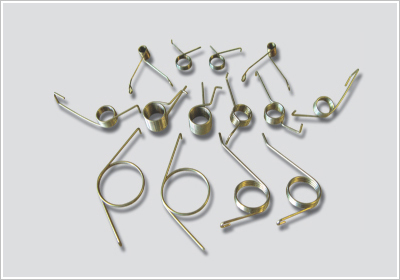A branded online store
under Lanqiaoying Technology
hotline
135-1094-6032
①Control the movement of machinery, such as stainless steel extension springs for valves in internal combustion engines and control springs for clutches.
② Absorb vibration and impact energy, such as buffer springs under cars and trains, and vibration-absorbing springs in couplings.
③Store and output energy as power, such as clock springs, springs in firearms, etc.
④Used as a force measuring element, such as a dynamometer, a spring in a spring scale, etc. The ratio of spring load to deformation is called spring stiffness. The greater the stiffness, the harder the spring.

According to the nature of the force, springs can be divided into stainless steel tension springs, tension springs, compression springs, torsion springs and bending springs. According to their shapes, they can be divided into disc springs, ring springs, leaf springs, spiral springs, truncated cone scroll springs and Torsion bar spring, etc. Ordinary cylindrical springs are widely used because they are simple to manufacture, can be made into various types according to the load conditions, and have simple structure. Generally speaking, the materials for springs should have high elastic limit, fatigue limit, impact toughness and good heat treatment performance. Commonly used are carbon spring steel, alloy spring steel, stainless spring steel, copper alloy, nickel alloy and rubber Wait. There are cold-rolling methods and hot-rolling methods for manufacturing springs. The spring wire diameter less than 8 mm generally uses the cold coil method, and the spring wire diameter greater than 8 mm uses the hot coil method. Some springs need to be subjected to strong pressure or shot peening after they are made to improve the load capacity of the springs.
Spring is an elastic element widely used in the mechanical and electronic industries. The spring can produce greater elastic deformation when loaded, converting mechanical work or kinetic energy into deformation energy, and the deformation of the spring disappears and returns to its original shape after unloading. Deformation energy is converted into mechanical work.